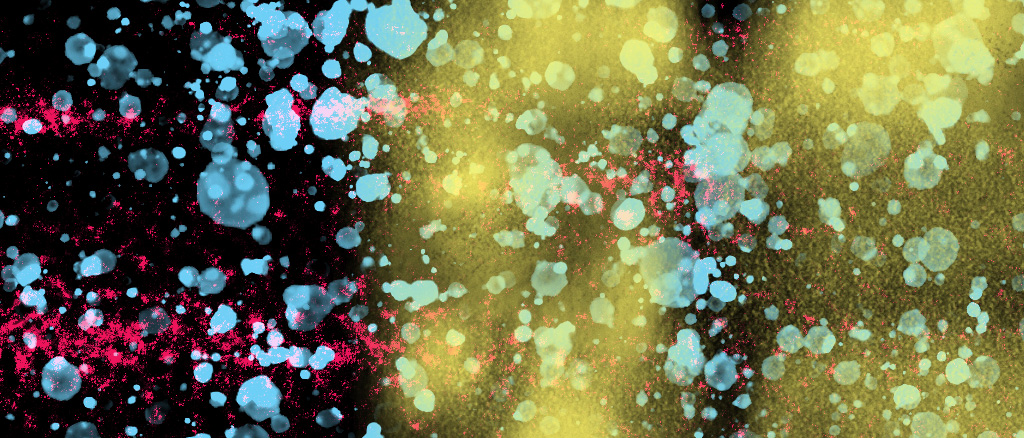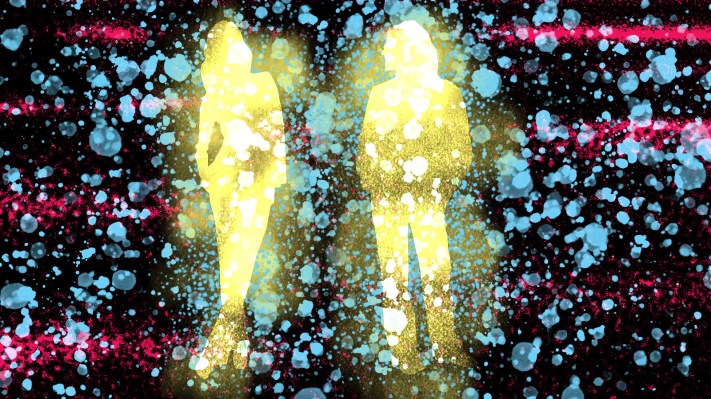Researchers at the National Institute of Standards and Technology (NIST) have now managed a significant breakthrough by ‘teleporting,’ or transferring, quantum information from one photon to another over a distance of 63 miles of optical fiber. This is 4x farther than the previous record. The research is published in the journal Optic.
The experiment confirmed that quantum communication is feasible over long distances in fiber, while other institutes and researchers have teleported quantum information over longer distances in free space. Fiber-optic lines offer much more flexibility for network design solutions.
Quantum Theory
The development of quantum theory began in 1900, when Max Planck presented an idea to the German Physical Society, introducing the notion that energy, as does matter, exists in individual units (which he called “quanta”).
Quantum computing is an area of study focused on developing computer technology based on the principles of quantum, which explains the nature and behaviour of energy and matter on the quantum (atomic and subatomic) level.
Essential elements of quantum theory include:
- Energy, like matter, consists of discrete units rather than solely as a continuous wave.
- Elementary particles of both energy and matter, depending on the conditions, may behave like either particles or waves.
- The movement of elementary particles is inherently random and thus, unpredictable.
- The simultaneous measurement of two complementary values, such as the position and momentum of an elementary particle, is inescapably flawed; the more precisely one value is measured, the more flawed will be the measurement of the other value.
- Quantum correlations are non-local. When two quantum particles interact in the right way, their states will depend on one another no matter how far apart they are.
- A quantum particle moving from A to B will take every possible path from A to B at the same time.
Not What You’d Expect
Unfortunately for all our sci-fi fans, you’re not going to experience a ‘Star Trek’ or ‘beam-me-up-Scotty’ mode of transportation; in real life, quantum teleportation refers to instantaneous transmission of a quantum state rather than matter. It is the transfer or remote reconstruction of information encoded on quantum states of matter or light.
This achievement by NIST researchers could help refine and improve how quantum entanglement interactions are measured. This could help increase the distance of future quantum teleportation experiments, while putting us one step closer to a new kind of data encryption that will have massive real-world implications.
The other possible real-world implications are astounding: Quantum teleportation can be used to make systems much like bank accounts that could host unbreakable encryption over longer distances that would play an important role in preventing attacks on communication channels, e.g. those situated in space where the power alone required to get the signal to space is astronomical.
Other real world implications for quantum theory go a lot further than networks, encrypted communication or instantons data transfer. How about a new-generation power source that can be shrunk to potentially the nanoscale? Enter quantum entangled batteries, which I’m afraid are still theory.
The two European theoretical physicists who proposed the theory for quantum entangled batteries suggest that large numbers of entangled batteries could be near perfect energy transfer efficiency. While this may not seem too exciting, it’s fascinating because quantum batteries in the forms of atoms or molecules may be ubiquitous in nature.
Some realize that at the rate our technology is advancing, it’s our power generation and storage that will hold us back. The implications of quantum batteries, however, would mean we could in theory create batteries a fraction of the size of standard lithium batteries, while being able to store more energy (in theory) and be more energy-efficient. One major area this would be a great advancement for is nanoscience, which could power new generations of miniature technology.

A more direct real-world implication of quantum teleportation is the possibility of CT scans or X-rays, without harmful radiation coming into contact with the patient. A single CT scan of the chest can expose you to a radiation dose of 7mSv, which is equivalent to two years natural background radiation. Imagine the ability to scan a patient repeatedly without having to worry about the radiation dose they receive.
Other applications include development of super-fast quantum computers. Development of a quantum computer would leap us forward generations. Although scientists have already built basic quantum computers, they can only perform certain calculations. The quantum computer would follow the laws of quantum physics and would gain enormous processing power through the ability to be in multiple states while being able to perform tasks using all possible permutations simultaneously.
Let’s compare a traditional computer which works on one calculation at a time in sequence. A quantum computer essentially operates as a massive parallel processing machine that can work on millions of calculations simultaneously.
That said, quantum technology has been restricted by the unfeasibility of quantum communication, which relies on a phenomenon known as ‘entanglement’. Einstein famously called (or ridiculed) it as ‘’action at a distance.”
Going in the opposite direction is quantum Internet. While our everyday Internet is (for the most part) very fast, it’s not very secure. Quantum Internet would be slower, yet much more secure.
In an article on business insider Professor Alex Lvovsky theorized a merging of the two technologies, in which he suggests the ability to use standard Internet by default and switch over to quantum Internet when you have a need for secure data transfer.
Quantum data transmission offers a potentially ‘unbreakable encryption’, which is achieved because the data is altered as soon as it’s seen by an unauthorized party; this is caused by a phenomenon called Quantum entanglement.
Quantum entanglement occurs when two particles are so deeply linked that they share the same existence. Entanglement arises naturally when two particles are created at the same point and instant in space, for example.
Entangled particles can become widely separated in space. But even so, a measurement on one immediately influences the other, regardless of the distance between them.
From potentially unbreakable encryption to quantum logic clocks, quantum theory has another role to play; NIST scientists (again) have built a clock that is 37 times more precise than the existing atomic clock, which is used for the universal time standard. The quantum logic clock, which detects the energy state of a single aluminum ion, keeps time to within a second every 3.7 billion years. This new quantum logic clock could one day improve GPS or detect the slowing of time predicted by Einstein’s theory of relativity.
A team of researchers from two Japanese universities has used quantum entanglement of photons to improve image results. Current microscopes rely on reading information from pairs of photons reflected off of a surface. The difference between the information provided by each of the photons allows for creating an image. However the resolution of this type of microscopy has been limited by the standard quantum limit (the limit on measurement accuracy at quantum scales). If entangled photons where used instead, the limit could be bypassed to create images with better resolution.
DNA sequencing a decade ago was a remarkable achievement. Today the task of sequencing some 3 billion chemical base pairs of the genome is still a daunting task; a lot of what we know has been accomplished primarily by brute-force means, which are slow and expensive. Quantum computing would vastly speed up the process, opening up swaths of medical knowledge that will undoubtable help us fight disease in the future.
But the possibilities don’t stop there. We would potentially have safer airplanes, make it easier to discover distant planets, detect cancer and other diseases early, predict weather forecasts with more precision and new generations of computer modeling.
It’s a great achievement in quantum theory, which will help spur years of research, but it’s not without its limitations. Quantum teleportation was made possible by using advanced photodetectors that were designed and made at NIST. “We never could’ve done this experiment without these new detectors, which can measure this incredibly weak signal,” says NIST’s Marty Stevens.
According to NIST, due to the experiment filtering out and focusing on a limited combination of quantum states, teleportation could be successful in only 25 percent of the transmissions at best. Thanks to the new detectors, researchers successfully teleported the quantum state in 83 percent of the maximum possible successful transmissions.
So it seems a big race has started between several major science groups that are setting out to try and prove Einstein wrong. Only time will if they can. In the meantime, click here if you want to see how to teleport quantum information over 100km of fiber.
